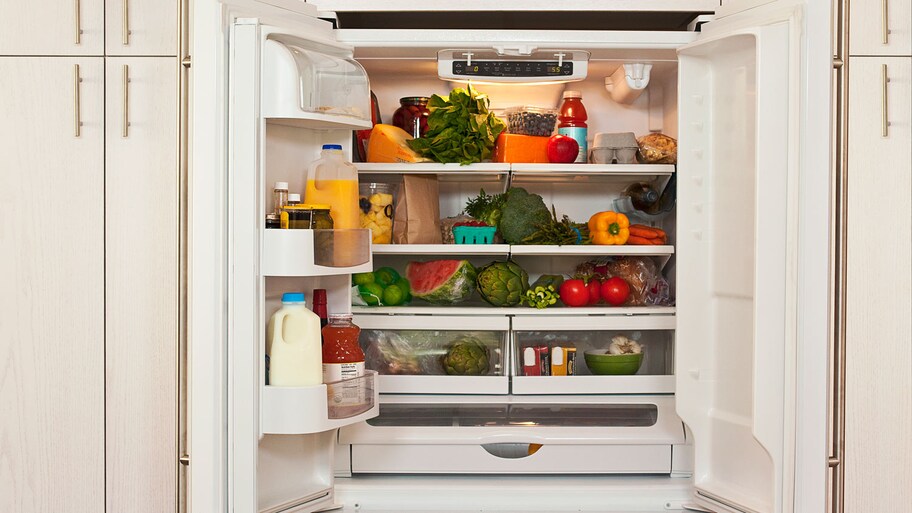When a big storm knocks out your power, and you just finished putting the groceries away, you may be left scratching your head. How long can those fresh groceries last without power anyway? Luckily, a few rules of thumb can help you salvage some food items during a power outage and determine which are probably best thrown into the trash.
How Long Has It Been Since Your Power Went Out?
When the power goes out, you have between four and six hours before the food in your fridge could become unsafe to consume. You can help your food last longer, provided you make sure to keep your fridge and your freezer doors shut.
With the food in your freezer, you have a little bit more time. Your full freezer can keep items safe to eat for up to 48 hours, and if it’s half-full, it will last for about 24 hours. Again, keeping the door shut is key here.
Since the fridge isn’t producing any cold air without power, every time you crack it open, you’re letting precious cold air out. While it can be tempting to open the fridge or freezer to check the status of items inside, keep away as much as possible.
Is My Food Safe if the Power Is Out?
Once your fridge is up and running again (or you’re ready for a snack), you must check the internal temperature of the items inside. This will help you determine which foods are worth putting back in the fridge and which items need to go directly to the trash can.
Any food item that reads a temperature of 40 degrees Fahrenheit or higher should be disposed of immediately. While it might look or smell safe to consume, this temperature allows bacteria to thrive. Ingesting food that’s been sitting at a higher temperature than is recommended could lead to foodborne illnesses.
The 40-degree rule also applies to items in your freezer. There’s also another fast way to assess food in the freezer. If it still has visible ice crystals, it is typically still safe to refreeze. But remember, with both fridge and freezer food items, there’s one good rule of them to play by: “when in doubt, throw it out!”
What Foods Can I Usually Keep During a Power Outage?

While adhering to the 40-degree rule is essential when assessing your fridge after a power outage, some staples are fine to keep and consume even slightly above this mark. Depending on just how long your power is out and the condition of the food, they include:
Hard cheeses
Processed cheese
Grated Parmesan and Romano in a jar or can
Butter, margarine
Uncut fresh fruit
Fruit juices
Canned fruit
Dried fruit, raisins, candied fruit, dates
Mayonnaise, tartar sauce, horseradish (though these should be discarded if above 50 degrees for more than eight hours)
Jelly, relish, taco sauce, mustard, ketchup, olives, pickles
Worcestershire, soy, barbeque, hoisin sauces
Vinegar-based dressings
Bread, rolls, cakes, muffins, tortillas
Waffles, pancakes, bagels
Fruit pies
Uncut vegetables
Mushrooms, herbs, spices
However, you should always use your best judgment here too. Examine all of the food and give it a good sniff before you keep anything. If the temperature is very high or anything seems off, it’s not worth getting a stomach ache over.
What’s the Right Temperature for a Refrigerator?
To keep your food fresh and safe to consume, make sure you have your refrigerator set between 35 to 38 degrees Fahrenheit. Consider investing in a fridge thermometer if your fridge doesn’t have the actual temperature listed on its adjustment dial. If your fridge isn’t set to the right temp to start, it can be difficult to determine food safety, especially during a power outage.
Pro Tip: Invest in Coolers for Power Outages
If you regularly lose power, you may want to consider buying some coolers and reusable ice packs. That way, when you hit the four-hour mark, you can move essentials from your fridge into the coolers and ice packs. This trick won’t save all of your food, but it could help keep that milk fresh until the morning’s first cup of coffee.
And if your fridge is constantly on the fritz, it might be time to contact a local appliance repair pro who can help you salvage more of your groceries.





